What Should You Do for Your Car in Winter
With the arrival of winter, the temperature is gradually decreasing, and higher requirements are also put forward for the maintenance of vehicles.
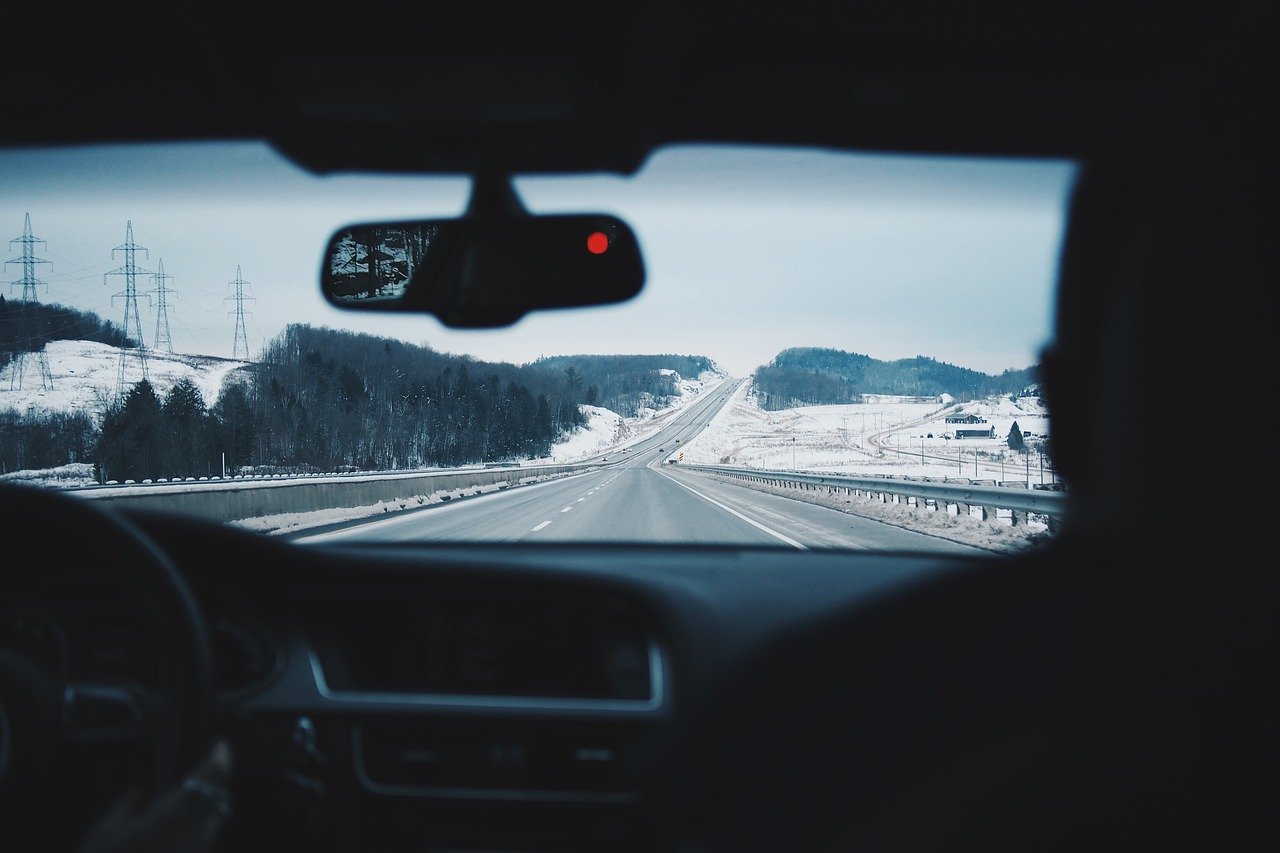
In this season, owners should carry out a series of necessary checks. Let's take a look at what you should check for your car in the winter.
1. Engine oil
First, you need to check whether the engine oil is clean and whether it needs to be replaced. In winter, the viscosity of engine oil will increase, if the oil is not clean or has deteriorated, it may affect the normal operation of the engine. Therefore, before the arrival of winter, clean oil should be replaced to ensure the normal operation of the engine.
2. Cooling system
The cooling system is an important part of keeping the engine running properly. In the winter, the cleanliness and concentration of the coolant should be checked, and if the coolant is insufficient or of poor quality, it should be replaced in time. At the same time, it is also necessary to check whether the various components of the cooling system are leaking or damaged, and if there is a problem, it should be repaired in time.

3. The battery
In winter, the temperature is low, the power of the battery will be affected, and it is easy to lose power. Therefore, before the arrival of winter, you should check whether the battery is sufficient, if the power is insufficient, you should charge it in time. At the same time, it is also necessary to check whether the connection of the battery is tight to prevent the loss of electricity due to loose connection.
4. Tire
The tire is the part of the vehicle in contact with the ground, and its condition is directly related to the safe driving of the vehicle. In winter, because the temperature is lower, the road may become slippery or icy, so it is necessary to check the depth of the tire pattern and air pressure to meet the standard. If the tire is seriously worn or the air pressure is insufficient, it will affect the grip and driving stability of the tire, and increase the risk of accidents.
5. Antifreeze and glass water
In winter, the temperature is low, and the antifreeze and glass water of the vehicle might freeze. Hence, before the appearance of winter, the neatness and grouping of antifreeze and glass water ought to be checked, and assuming that it should be supplanted, it ought to be supplanted in time. Simultaneously, check whether the pipeline of antifreeze and glass water is spilling or hindered, in the event that there is an issue, it ought to be fixed in time.
6. Body and lights
In winter, because of more rain and snow, vehicle safety is particularly important. Need to check the body for scratches or damage, if there is a problem, should be repaired in time. At the same time, it is also necessary to check whether the lights are working normally.
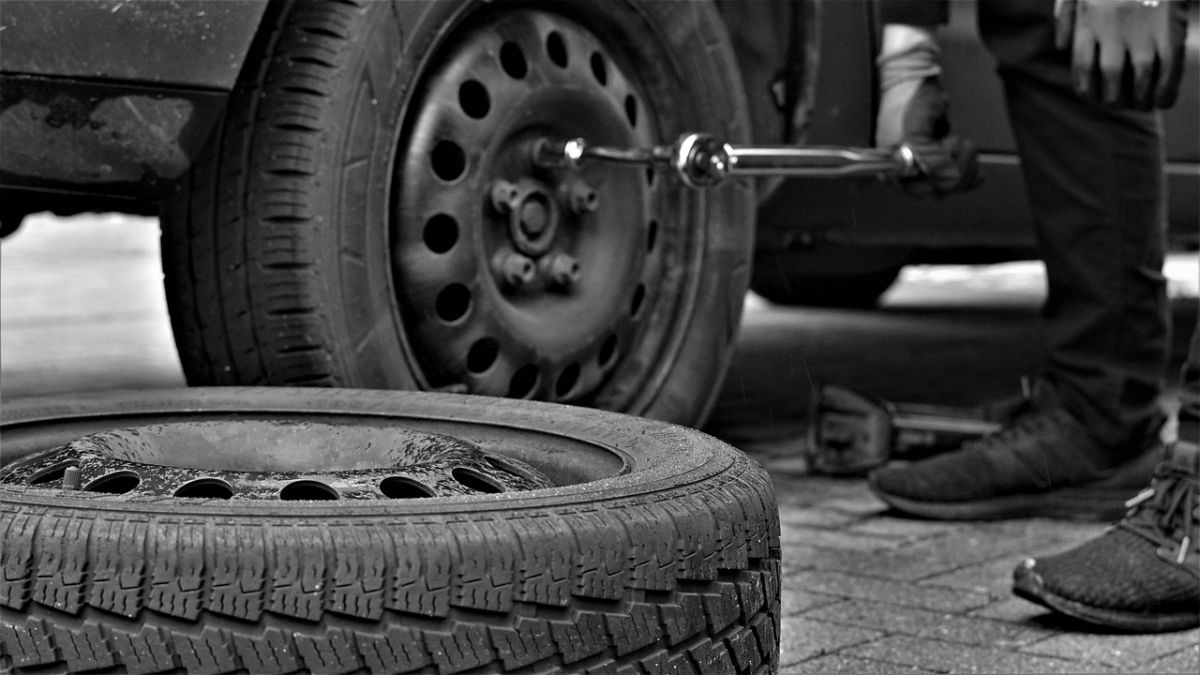
7. Air conditioning system
Although the winter temperature is lower, sometimes the temperature inside the car also needs to be adjusted. It is necessary to check whether the air conditioner is working properly. If the air conditioner has odor, it should be repaired in time. At the same time, it is also necessary to check whether the air conditioner filter is clean or needs to be replaced to ensure the fresh and healthy air in the car.
In brief, in order to ensure the normal operation and safe driving of vehicles in winter, owners need to carry out a series of necessary checks. These inspections include engine oil, cooling systems, batteries, tires, antifreeze and glass water, body and lights, and air conditioning systems. Only by doing these checks and maintenance work can the vehicle run safely and stably in winter.
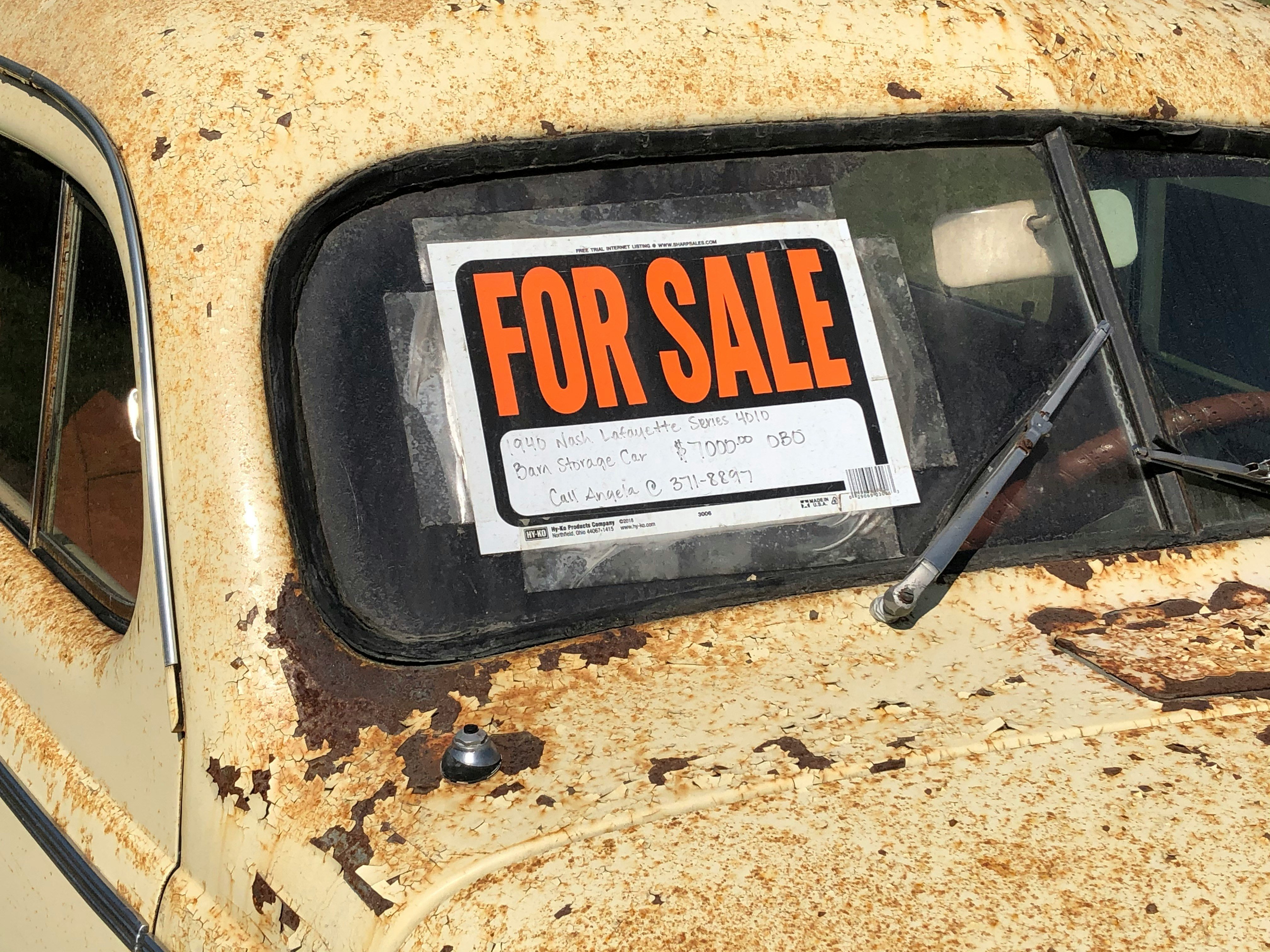
Is It Illegal to Post a "For Sale" Sign in a Car?
However, is it legal to do that? Let’s explore.First, we need to understand the background to this regulation. With the increasingly strict urban traffic management and the standardization of vehicle management, some places begin to pay attention to the cleanliness and unity of vehicle appearance. In this context, placing private signs or advertisements on Windows or car bodies is considered a disturbance to public order and is therefore included in the category of violations.So, how exactly is this rule enforced? According to the relevant regulations, any unauthorized postingor painting of advertisements or signs on vehicles will be considered illegal. This means that neither individuals nor businesses can post "for sale" signs in prominent locations such as car windows and car bodies. The implementation of this regulation covers private cars, taxis, trucks and other types of vehicles.The response to this regulation varies among different groups of people. Some owners and used car dealers say they sell their vehicles quickly by posting "for sale" signs, which is a proven practice. Now this regulation has left them feeling confused about how to legally promote their vehicles. While other citizens expressed support for the regulation, they believe that the cleanliness and unity of the appearance of vehicles is an important part of the image of the city and should be maintained.
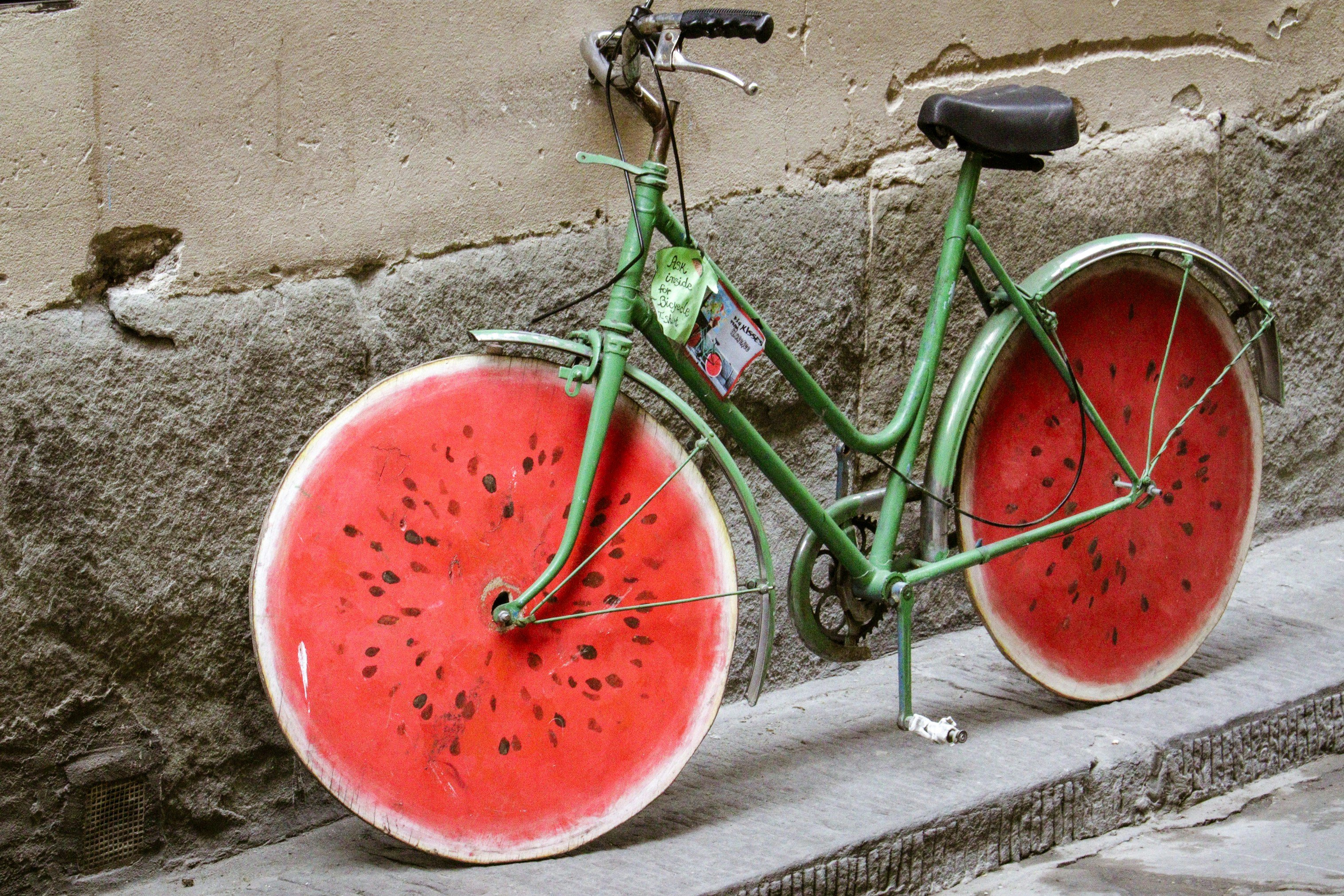
How to Maintain a Bike
However,it also needs to be properly maintained. This article will detail the steps and precautions on how to maintain your bike.1.Regular cleaningCleanliness is the foundation of bike maintenance. Regular cleanliness curtails dustand dirt from your bike and prevents them from causing damageto your bike. It is recommended to clean the bike at least once a week, especially after riding in rainy days and muddy roads. To clean, first rinse the surface of the bike with water, and then wipe it clean with a clean cloth. Be careful not to use cleaners containing chemicals, so as not to cause corrosion to the bike.2.Check the tire pressureTire pressure is an important factor that affects bicycle running. Low or high air pressure will affect the comfort and safety of riding. Therefore, tire pressure should be checked before each ride. If tire pressure is found to be insufficient, it is necessary to replenish gas in time. At the same time, it is also necessary to regularly check the wear of the tire, if the tire wear is serious, it should be replaced in time.3.Adjust the brakeBrake is an important part to ensure riding safety. Regular check and adjustment of the brakes can ensure the sensitivity and reliability of the brakes. If it is found that the brake is not working or the adjustment is improper, it should be adjusted in time. When adjusting, it is necessary to ensure that the angle of the brake handle and the handlebar is appropriate, and the gap between the brake pad and the brake disc is moderate. At the same time, pay attention to the tightness of the brake line to prevent the brake line from being too tight or too loose.

See Clearly, Drive Safely: Why Polarized Sunglasses are Essential for Every Driver!
Polarized lenses are indispensable for driving, as they effectively eliminate glare and scattered light from reflective surfaces such as car windows and wet roads. By reducing these distractions, polarized sunglasses ensure clearer vision, especially in bright sunlight, thus minimizing the risk of accidents on the road. Additionally, polarized lenses are beneficial for individuals with myopia, as they provide enhanced visual comfort and clarity, allowing for a safer and more enjoyable driving experience for all.But beyond driving, there's a myriad of sunglasses types to consider, each with its own unique features and suitability for various occasions.Lens Material:The lens material of sunglasses is directly related to the visual experience and service life. Common lens materials currently on the market include glass, resin and PC (polycarbonate). Glass lenses have the advantages of high definition and strong wear resistance, but they are heavy and fragile; resin lenses are lightweight and not easily broken, but have relatively poor wear resistance; PC lenses are both lightweight and wear-resistant, making them ideal for sports The first choice for sunglasses.
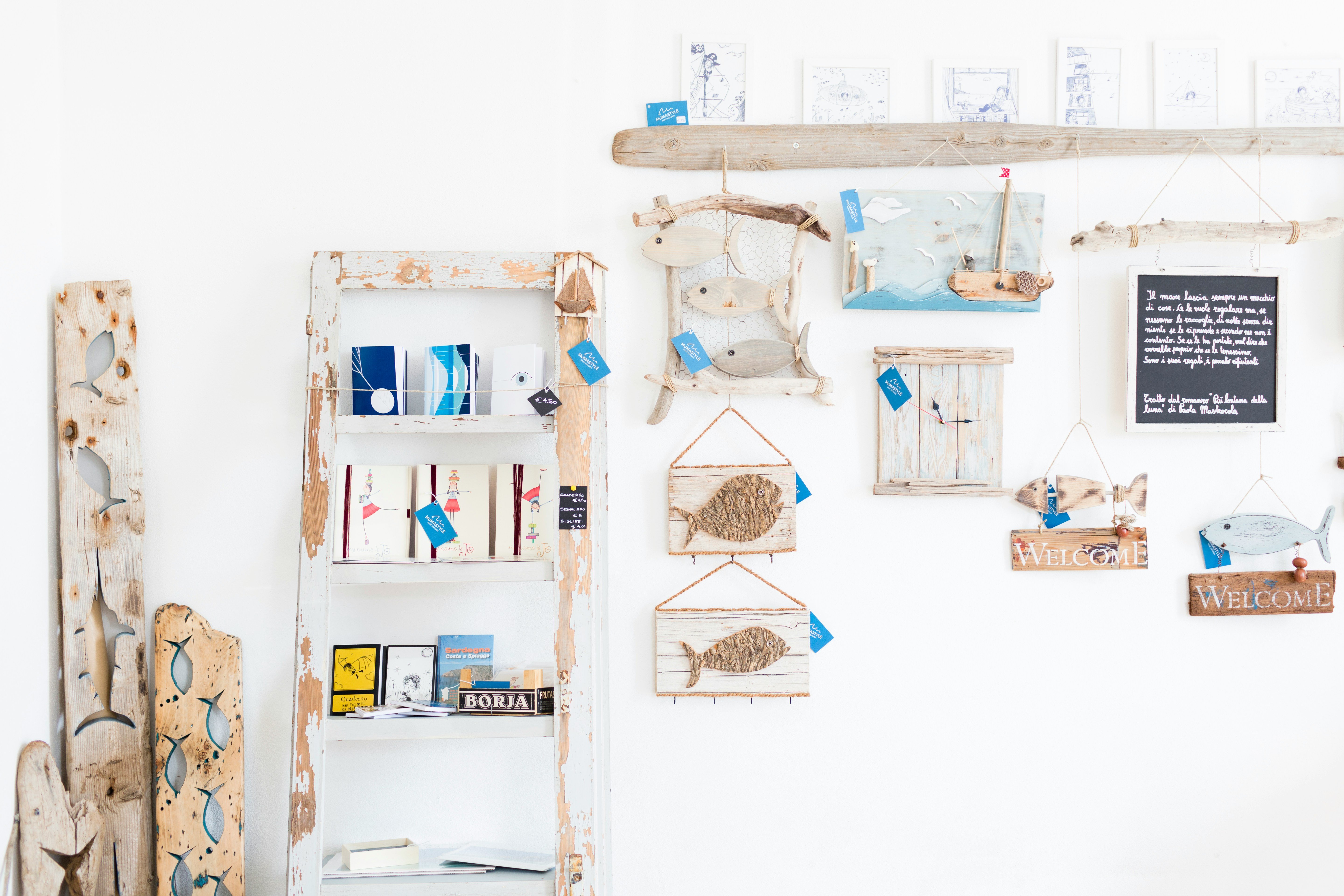
Practical Tips for Indoor Wall Decoration: A Guide for Clients
Walls provide the canvas for your creativity and set the tone for the entire space. Whether you're looking to create a cozy atmosphere, make a bold statement, or simply add a touch of elegance, the way you decorate your walls can make a huge difference. To help you navigate the world of indoor wall decoration, here are some practical tips and suggestions to consider when selecting the perfect wall decor for your home.Choose the Right Color Scheme: The color of your walls can greatly influence the overall mood and ambiance of a room. Opt for colors that complement the existing furniture and decor in the space. Neutral tones like white, beige, and gray create a clean, versatile backdrop, while bold colors like navy blue, emerald green, or mustard yellow can make a statement and add depth to the room.Incorporate Texture and Dimension: Play with different textures and materials to add depth and interest to your walls. Consider using wallpaper with a unique pattern, textured paint, or adding wall panels for a modern touch. Mix and match different textures to create a visually appealing and dynamic space.Artwork and Wall Decor: Artwork is a great way to showcase your personality and style on your walls. Choose pieces that resonate with you and complement the overall design aesthetic of the room. Mix and match different sizes and types of artwork to create a gallery wall or focal point that serves as a conversation starter.

Tips to Effectively Enhance the Aesthetics and Practicality of Your Bathroom
When it comes to decorating your bathroom, attention to detail is crucial to creatinga functional and aesthetically pleasing environment. In this article, we will explore all about this.Choosing the Right Color SchemeThe color scheme sets the tone for your bathroom and greatly impacts its overall look and feel. Consider the following when selecting a color scheme:1. Wall Colors: Select mitigating and light colors, like delicate neutrals or pastel tones, to make a quiet and welcoming air. Stay away from dull colorsthat can cause the space to feel little and squeezed.2. Accent Colors: Add pops of variety through emphasize components like towels, carpets, and worksof art. These articulations can infuse character into the space and make visual interest.3. Tile Determination: Pick tiles that supplement the general variety conspire. Think about examples, surfaces, and completes that upgrade the style you need to accomplish.Lighting DesignProper lighting is essential in the bathroom to ensure functionality and create the right ambiance. Pay attention to the following aspects of lighting design:1. Natural Light: If possible, maximize natural light by using sheer window coverings or translucent glass. Natural light not only illuminates the space but also creates a sense of openness and freshness.2. Task Lighting: Install adequate task lighting around the mirror and vanity area to ensure proper visibility for grooming tasks, such as applying makeup or shaving. Wall sconces or vanity lights on either side of the mirror are ideal for this purpose.3. Ambient Lighting: Consider installing ambient lighting fixtures, such as recessed ceiling lights or pendant lights, to provide overall illumination and create a relaxing atmosphere.
TOP NEWS


.png)

.png)

.png)

.png)

.png)

.png)

.png)

.png)
.png)
Recommended suppliers
Trade Alert
- Delivery New Products To YouTell Us What Are You Looking For?

- Acre/Acres
- Ampere/Amperes
- Bag/Bags
- Barrel/Barrels
- Blade/Blades
- Box/Boxes
- Bushel/Bushels
- Carat/Carats
- Carton/Cartons
- Case/Cases
- Centimeter/Centimeters
- Chain/Chains
- Combo/Combos
- Cubic Centimeter/Cubic Centimeters
- Cubic Foot/Cubic Feet
- Cubic Inch/Cubic Inches
- Cubic Meter/Cubic Meters
- Cubic Yard/Cubic Yards
- Degrees Celsius
- Degrees Fahrenheit
- Dozen/Dozens
- Dram/Drams
- Fluid Ounce/Fluid Ounces
- Foot/Feet
- Forty-Foot Container
- Furlong/Furlongs
- Gallon/Gallons
- Gill/Gills
- Grain/Grains
- Gram/Grams
- Gross
- Hectare/Hectares
- Hertz
- Inch/Inches
- Kiloampere/Kiloamperes
- Kilogram/Kilograms
- Kilohertz
- Kilometer/Kilometers
- Kiloohm/Kiloohms
- Kilovolt/Kilovolts
- Kilowatt/Kilowatts
- Liter/Liters
- Long Ton/Long Tons
- Megahertz
- Meter/Meters
- Metric Ton/Metric Tons
- Mile/Miles
- Milliampere/Milliamperes
- Milligram/Milligrams
- Millihertz
- Milliliter/Milliliters
- Millimeter/Millimeters
- Milliohm/Milliohms
- Millivolt/Millivolts
- Milliwatt/Milliwatts
- Nautical Mile/Nautical Miles
- Ohm/Ohms
- Ounce/Ounces
- Pack/Packs
- Pair/Pairs
- Pallet/Pallets
- Parcel/Parcels
- Perch/Perches
- Piece/Pieces
- Pint/Pints
- Plant/Plants
- Pole/Poles
- Pound/Pounds
- Quart/Quarts
- Quarter/Quarters
- Rod/Rods
- Roll/Rolls
- Set/Sets
- Sheet/Sheets
- Short Ton/Short Tons
- Square Centimeter/Square Centimeters
- Square Foot/Square Feet
- Square Inch/Square Inches
- Square Meter/Square Meters
- Square Mile/Square Miles
- Square Yard/Square Yards
- Stone/Stones
- Strand/Strands
- Ton/Tons
- Tonne/Tonnes
- Tray/Trays
- Twenty-Foot Container
- Unit/Units
- Volt/Volts
- Watt/Watts
- Wp
- Yard/Yards
Select template type:
One Request, Multiple Quotes.









